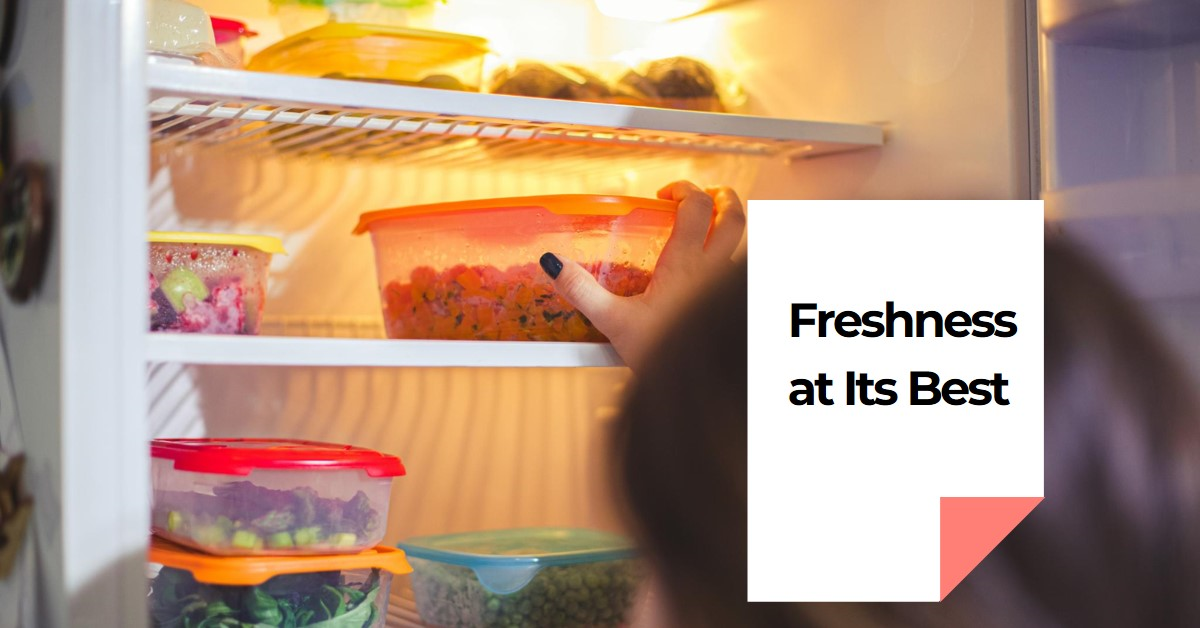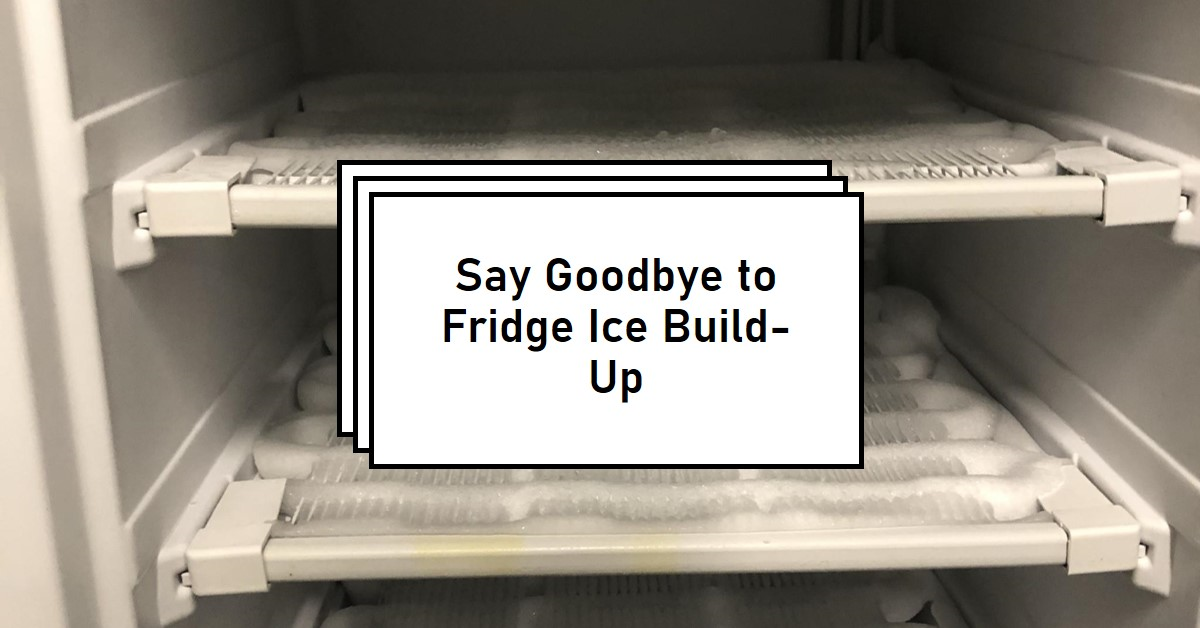Here at Wine Fridge Hub, we know keeping your freestanding kitchen fridges cool and efficient is essential. But nobody enjoys the frosty battle against ice build-up! This guide will equip you with the knowledge to prevent and eliminate ice build-up in your fridge, keeping things chill and saving you energy.
Understanding the Cause: Moisture
Ice build-up is all about moisture in the air condensing on cold surfaces within your fridge. Every time you open the door, humid air rushes in. Even fruits and vegetables release moisture as they store. To prevent ice from taking over, we need to tackle this moisture!
Defrosting Techniques: Manual and Frost-Free

- Manual Defrosting: For trusty manual defrost fridges, the process is straightforward. Unplug the appliance, remove all food items, and leave the doors open. Patience is key! Let the ice melt completely, then clean the interior with a baking soda solution and dry thoroughly before restocking. Top tip: Never use sharp objects to scrape away ice, as this can damage the delicate evaporator coils.
- Frost-Free Freezers: Most modern fridges are frost-free superheroes, with an automatic defrost cycle that melts frost build-up on the evaporator coils regularly. However, even these champions can benefit from an occasional manual defrost, especially if you notice excessive ice build-up that the automatic cycle struggles to handle.
Maintaining Optimal Fridge Conditions for Less Ice
- Seal the Deal: A faulty door seal is a sneaky villain, allowing warm air to leak in and disrupt your fridge's ability to maintain a consistent temperature. Regularly inspect the seal for cracks or tears. Here's a nifty trick: place a dollar bill halfway into the seal and close the door. If you can easily pull it out, it's time for a replacement! Luckily, replacing a worn door seal is a DIY project for most fridges. Consult your user manual or manufacturer's website for specific instructions.
- Strike the Right Temperature Balance: An ideal fridge temperature is between 35°F (2°C) and 40°F (4°C). A fridge that's too cold can actually encourage ice build-up. Check your user manual for specific recommendations for your fridge model. Some fridges have an internal temperature gauge, but you can also use an appliance thermometer to monitor things.
Preventing Ice Build-Up Before it Starts
- Give Your Fridge Some Breathing Room: Don't overpack your fridge! This reduces air circulation and makes it harder to maintain a consistent temperature, leading to moisture build-up and potential ice formation.
- Wrap It Up Tight: Fruits and vegetables are major moisture releasers. Wrap or cover them in containers to prevent excess moisture from escaping into the fridge. And any spills? Clean them up promptly to avoid lingering moisture.
- Defrost Drain Defence: Some fridges have a defrost drain that collects and channels condensation water out of the appliance. A clogged drain can lead to ice build-up. Consult your user manual for instructions on locating and cleaning the defrost drain in your specific fridge model. Often, a simple mixture of warm water and baking soda can do the trick!
When to Call in the Fridge Professionals
If you've valiantly tried all the troubleshooting steps above and are still experiencing excessive ice build-up, it might be a sign of a more serious problem. Here at Wine Fridge Hub, we want to ensure your fridge is in tip-top shape. Consider calling a qualified appliance repair technician if you suspect issues with:
- Malfunctioning defrost timer
- Faulty evaporator fan
- Temperature sensor problems
These components play a crucial role in regulating temperature and preventing ice build-up, and a professional can diagnose and fix the problem efficiently.
So, there you have it! With these handy tips and a little fridge TLC, you can keep ice build-up at bay and ensure your fridge runs smoothly and efficiently. Remember, if the problem seems too complex, don't hesitate to call in a professional. After all, a happy fridge makes for a happy you!
